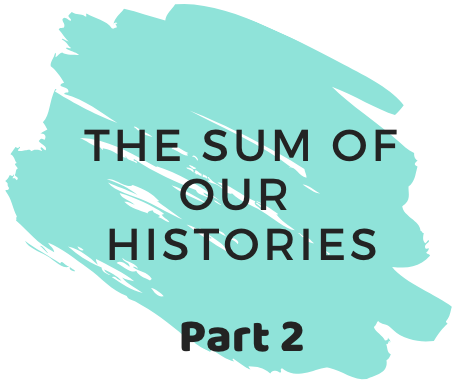In my last blog I wrote about some of the history I bring to the Collaborative table and the significant role it plays in my perspective on the importance of the Collaborative Process. I want to share with you another piece of my story that impacts my role as a Collaborative attorney. As the mother of a child on the autism spectrum I learned a tremendous amount both through my own divorce process and through the opportunity of having raised my son as a single mother.
First and foremost, the Collaborative Process is the only place divorcing parents with special needs children belong. The courts are not equipped to deal with the stress and nuances of what is required to raise a child with special needs nor are the professionals, generally speaking, who are engaged with the litigation process. While I am going to speak primarily about families with children diagnosed with autism spectrum disorder (ASD), I believe what I am writing holds true for most if not all families with special needs children.
Today, approximately one in 59 children is diagnosed with ASD. The divorce rate among these families, according to what I was able to determine from reading material on the web, is close to 80%. The emotional and financial demands of raising children with ASD are beyond the scope of this blog. Suffice it to say having been through this myself, both are tremendous for the entire family. The first years following diagnosis can cost upwards of $60,000 per year or more for private school, tutors and therapies. Parents deal with the diagnosis anywhere from facing it head on to outright denial. In divorce situations mothers and fathers bring all of this anxiety and stress, and often, anger, into the room. The Collaborative Process and an understanding of what is happening to these families can make all the difference as to how they cope and manage when the Final Judgment of Dissolution of Marriage is entered.
Mental health facilitators in Collaborative cases are essential to allowing the fears, anxieties and complexities of working through parenting plans involving special needs children to alleviate the finger pointing and accusations in a litigated divorce. The financial neutrals assist in creating a plan that gives parents breathing room to know they can care for their child while living apart and transitioning their special needs child between two homes. The plans must consider the requisite testing I learned is required every three years by special needs programs and the costs associated with the testing must be addressed. Parents may not agree on the types of therapies their child needs or will need, i.e., language, occupational and perhaps by middle school, behavior. I found music to be a huge factor in my son’s therapeutic needs but was never able to convince his father or my own attorney about the importance of paying for it. I believe a team meeting with engaged professionals might have allowed us to more comprehensively plan for our child’s future.
I will never forget the moment when my child, who was nonverbal at age five, sang “Don’t Stop Believing” while accompanying himself on the piano, in front of 200 people at a school program. I could not find the words that night to express my gratitude to his music teacher. The look of joy on my son’s face said it all. So too did the facial expressions of all his mainstream and special needs teachers who saw his performance as nothing short of a miracle. His successes became endless from that night forward. It was worth every dime I spent to get him to this point. I wrote my attorney afterwards to reinforce to her the importance of considering the circumstances of children like my son and the importance of listening to experts who know more than attorneys about families with special needs children. I truly believe through the Collaborative Process these issues can be resolved for the benefit of children and parents. There is little if no room in litigated divorces for such considerations.
In my own case, I built into the first of three marital settlement agreements that my son’s father and his significant other had to be trained by the Center for Autism and Related Disabilities (CARD) before my son could stay with them—so vast was their lack of understanding about his needs. The agreement also said my son with ASD would only go to their home if his older brother was with him. These are examples of the protections I tried to build into my own situation. I believe had we utilized the Collaborative Process with a neutral mental health facilitator and other supporting professionals, the agreement would have been different. His father may have felt more engaged in an arrangement establishing a more effective parenting plan and setting long range mutually agreed goals for our son.
As I said at the beginning of my first blog titled, “The Sum of Our Histories,” there is no question that we bring our personal experiences into team meetings in the Collaborative Process. My history dictates I am particularly attuned to families with special needs children and listening to how each parent views his or her role in the raising of these children with unique requirements. I always hope the child’s interests are paramount in the divorce process—I am certain the Collaborative Process guarantees a better outcome than litigation.



